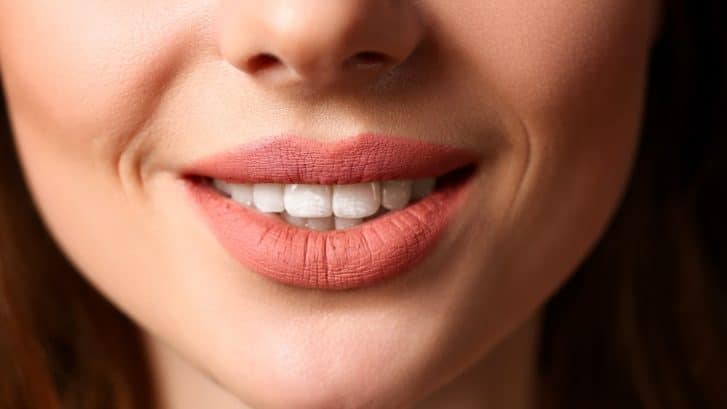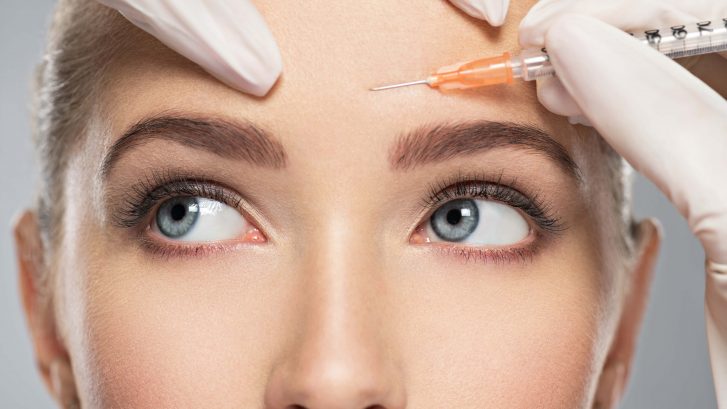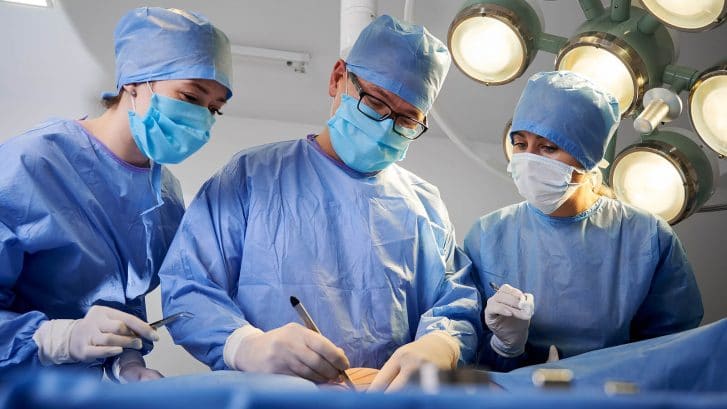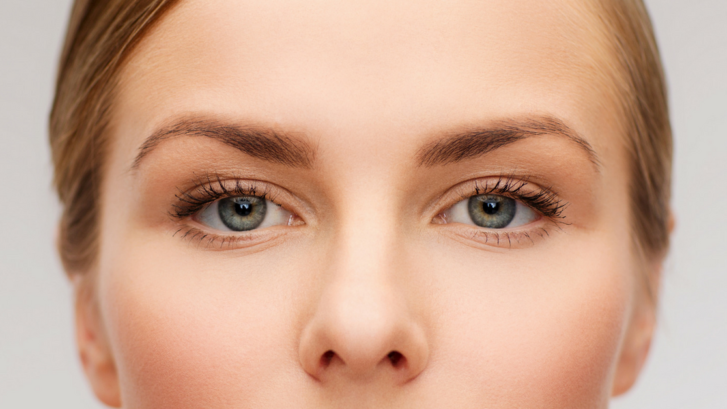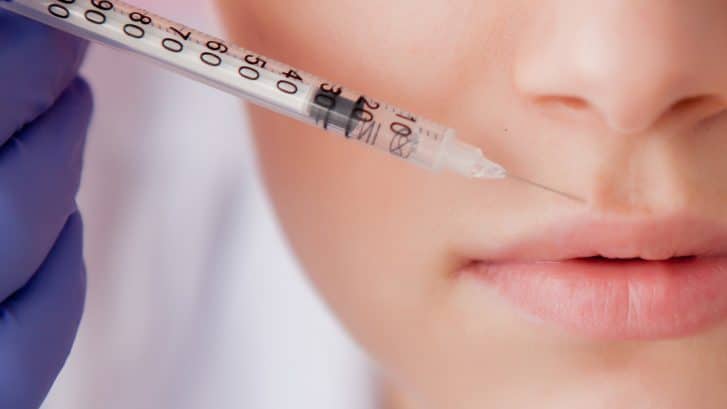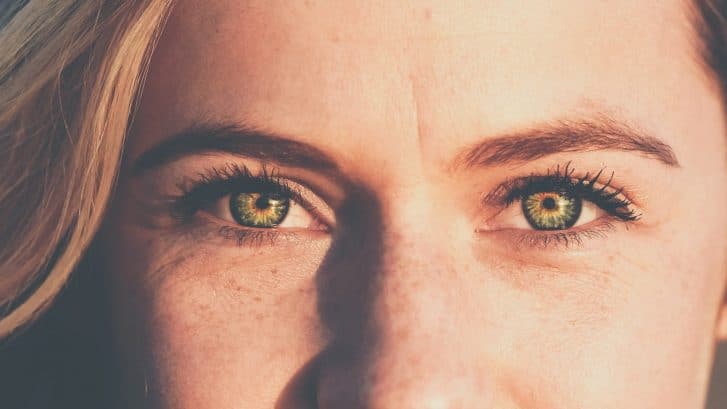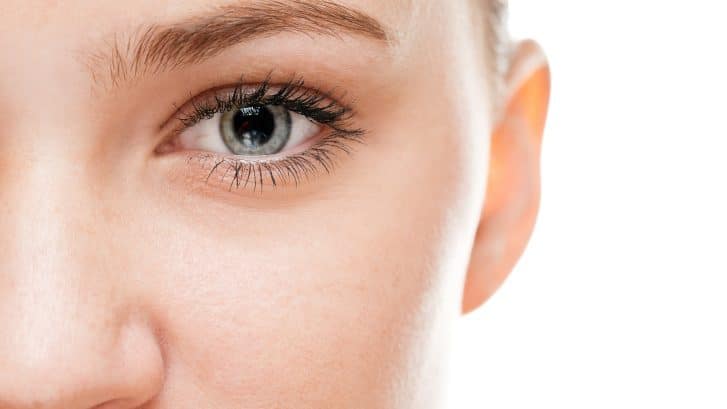What to Expect from Plastic Surgery trends in 2022?
Plastic surgery has come a long way in the last few decades, so much so that cosmetic surgery has become an increasingly common way to enhance appearance. But while looking younger and more youthful has become a mainstay of the cosmetic surgery industry, what will be the hottest trends in 2022? Here are six cosmetic procedures expected to take off in the next year!
Facelifts
Facelifts are one of the most common plastic surgery procedures performed today. The facelift is a procedure that removes drooping skin and sagging facial muscles, making the face look older.
In its most basic form, the facelift is a surgical procedure to remove excess skin and muscle from the face, making the face look longer and thinner. The facelift is a popular procedure among men and women of all ages looking to restore some of their youthful appearances, especially in those in their 40’s.
Facelifts are especially popular among those who suffer from a phenomenon known as the Zoom Boom. The Zoom Boom, also referred to as Zoom Dysmorphia, refers to the upward trend in the plastic surgery industry that has been propelled by the ongoing use of video conferencing devices. With so many people consistently having to look at themselves in their conferencing app, it has decreased self-confidence and overall self-esteem.
Eyelid Surgery
One of the most hotly anticipated plastic surgery trends in 2022 is eyelid surgery. Again, this cosmetic procedure is being propelled by the Zoom Boom phenomenon.
Eyelid surgery is performed when a person is looking to remove sagging skin from the eyelids. This is a standard procedure used to reduce the signs of aging and help people who suffer from a condition known as hooded eyelids, making the eyes appear smaller.
Liposuction
Liposuction is another one of the most popular cosmetic surgery procedures on the market today. Liposuction is a procedure used to remove excess fat from the body. The fat is removed through small tubes inserted into the body. This is typically done under general or local anesthetics and is a popular procedure used to help people remove fat from the thighs, buttocks, and abdomen, which can make the body appear slimmer.
With more people feeling uncomfortable in their skin due to the weight they’ve put on during the pandemic, experts believe that the number of patients expected to seek out liposuction will increase through 2022.
Brazilian Butt Lift
Brazilian Butt Lifts (also commonly referred to as BBLs) are one of the most sought-after plastic surgery procedures in the world today. The BBL is a procedure designed to improve the appearance of the posterior and is performed using a series of incisions and surgical procedures designed to reshape and lift the buttocks and reduce the appearance of cellulite.
Abdominoplasty
Abdominoplasty is another one of the most popular plastic surgery procedures on the market today. It is used to reduce the abdomen’s appearance, making the body appear slimmer. Abdominoplasty is a procedure used in conjunction with liposuction to help patients remove fat from the abdomen. It is expected to be in demand in the coming months as more people feel uncomfortable in their skin due to the weight they have put on during the pandemic.
New Year, New You – Dr. Binder Is Here to Help!
If you’re looking to make some changes to your life in the new year, and they involve enhancing your appearance, then Dr. Binder is here to help!
Dr. Binder is a gifted surgeon who is well known for his unsurpassed skill in providing his patients with the best results that they could achieve.
If you’re considering plastic surgery in the new year, then schedule your consultation today!


